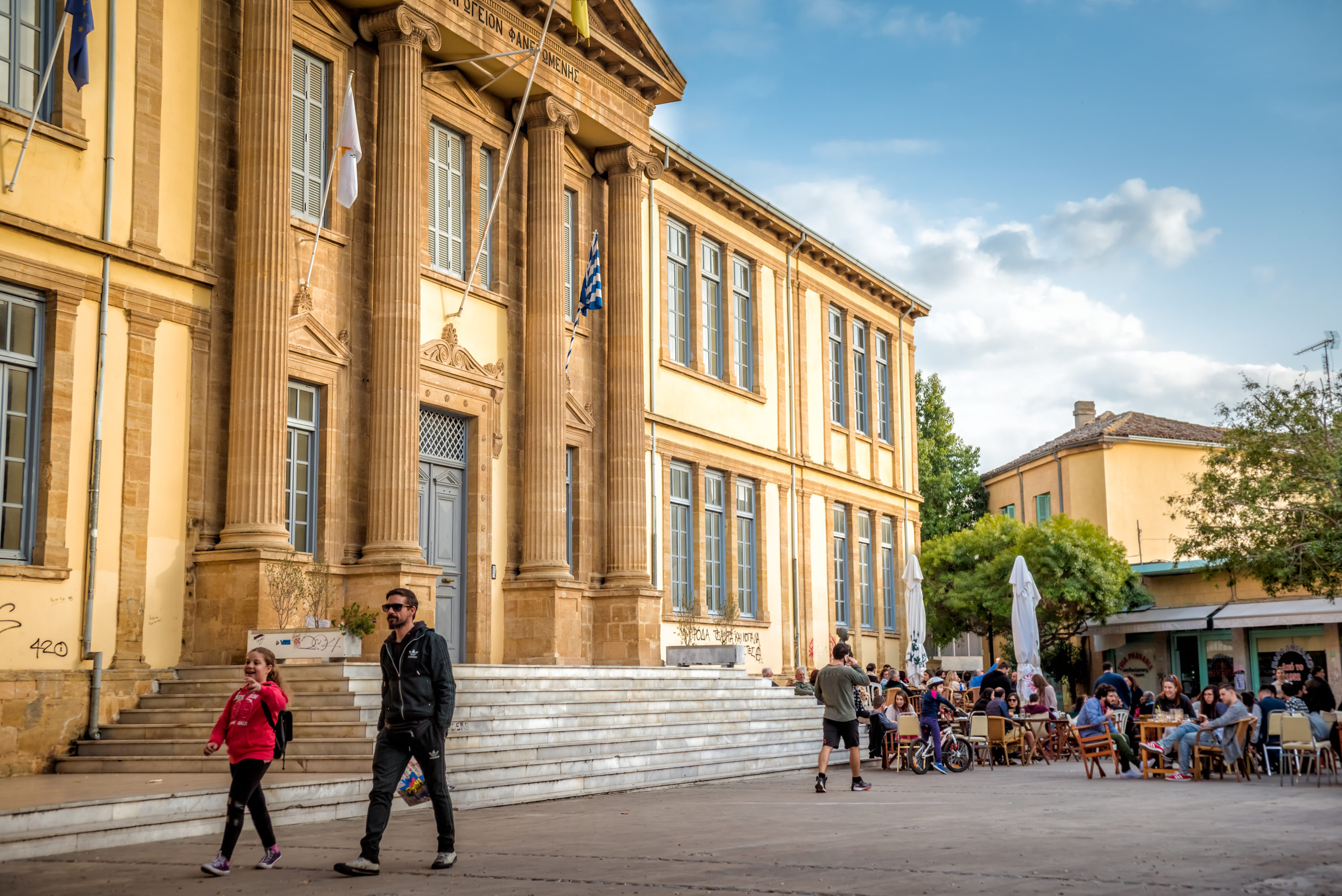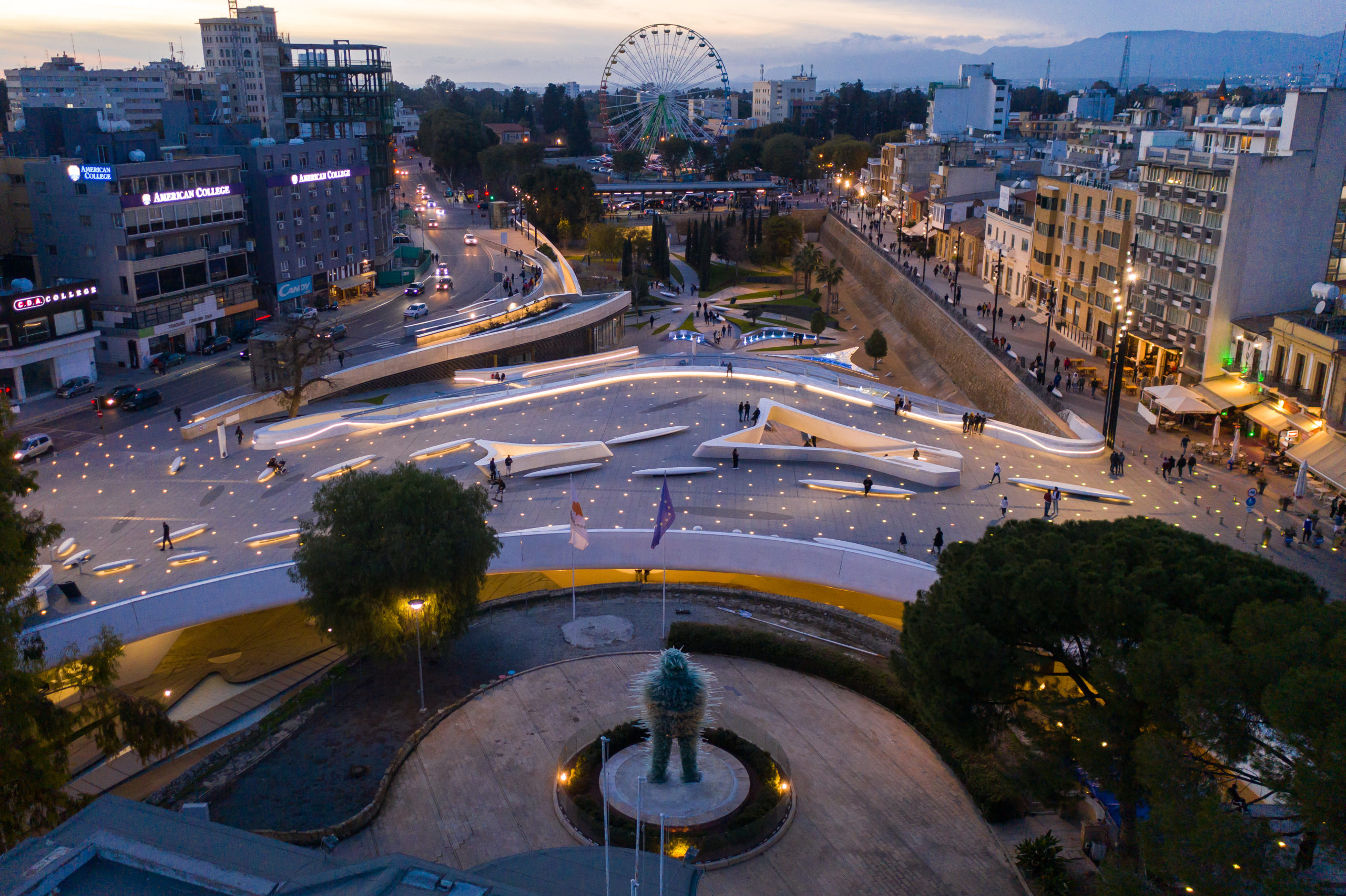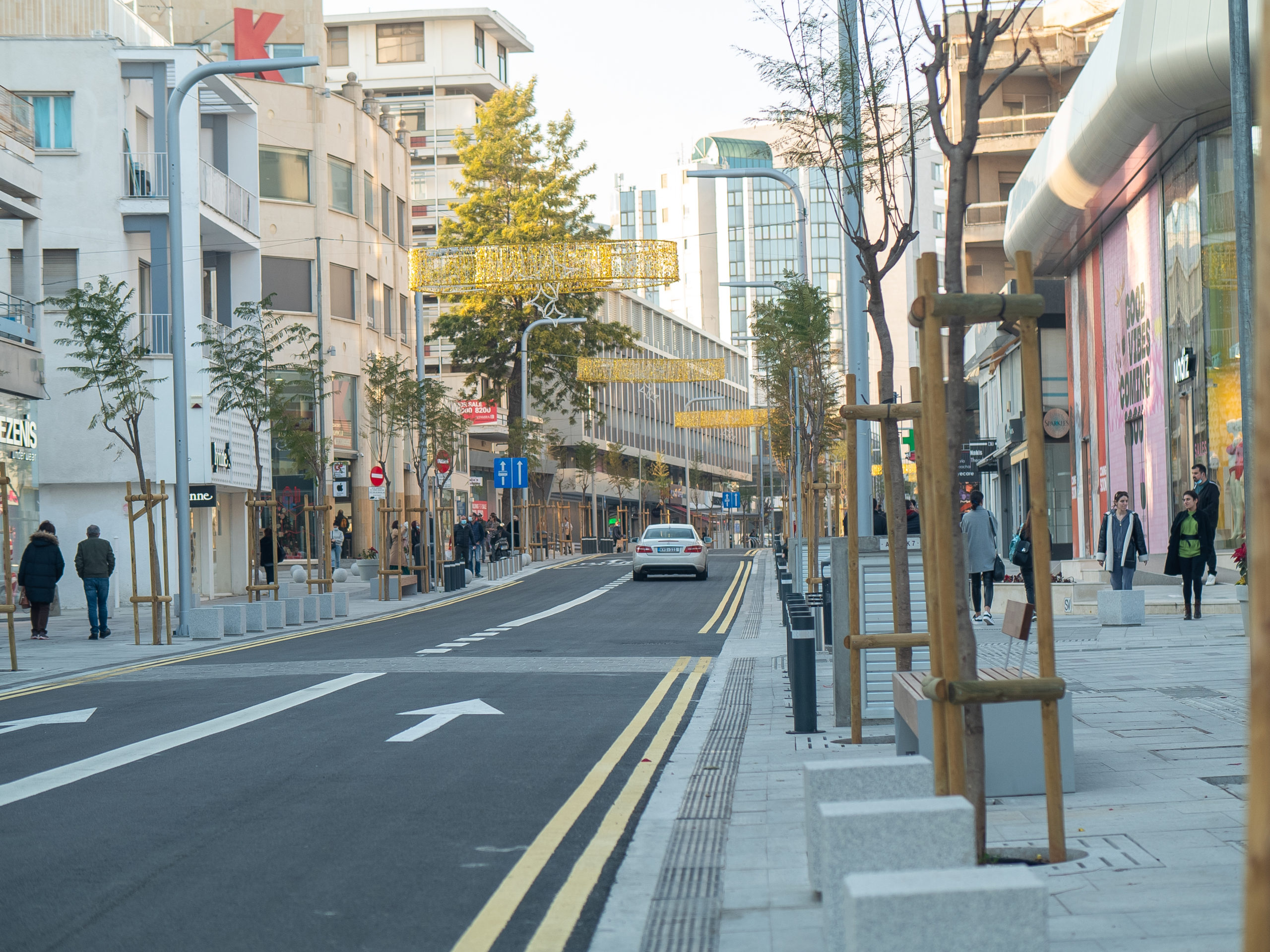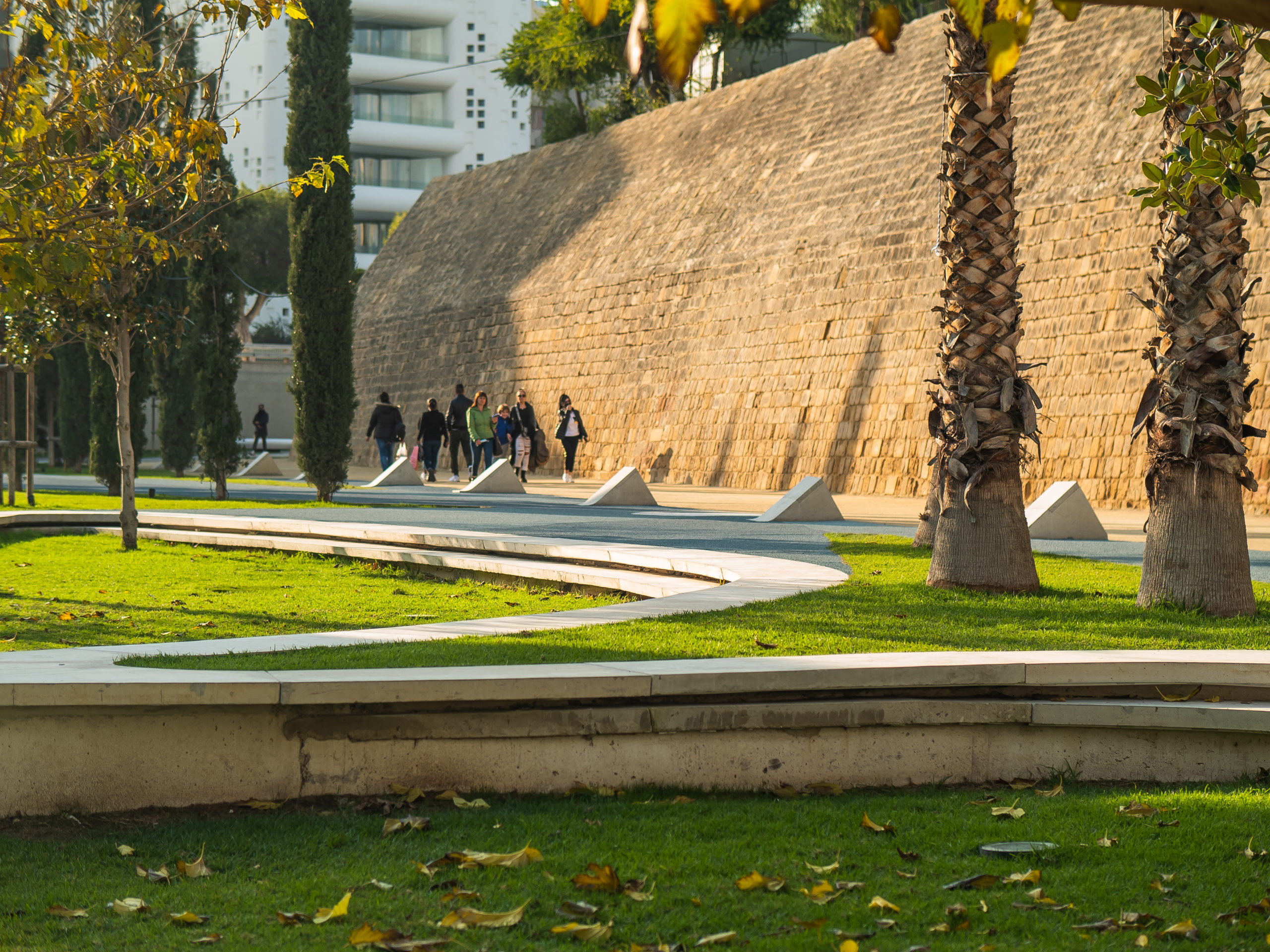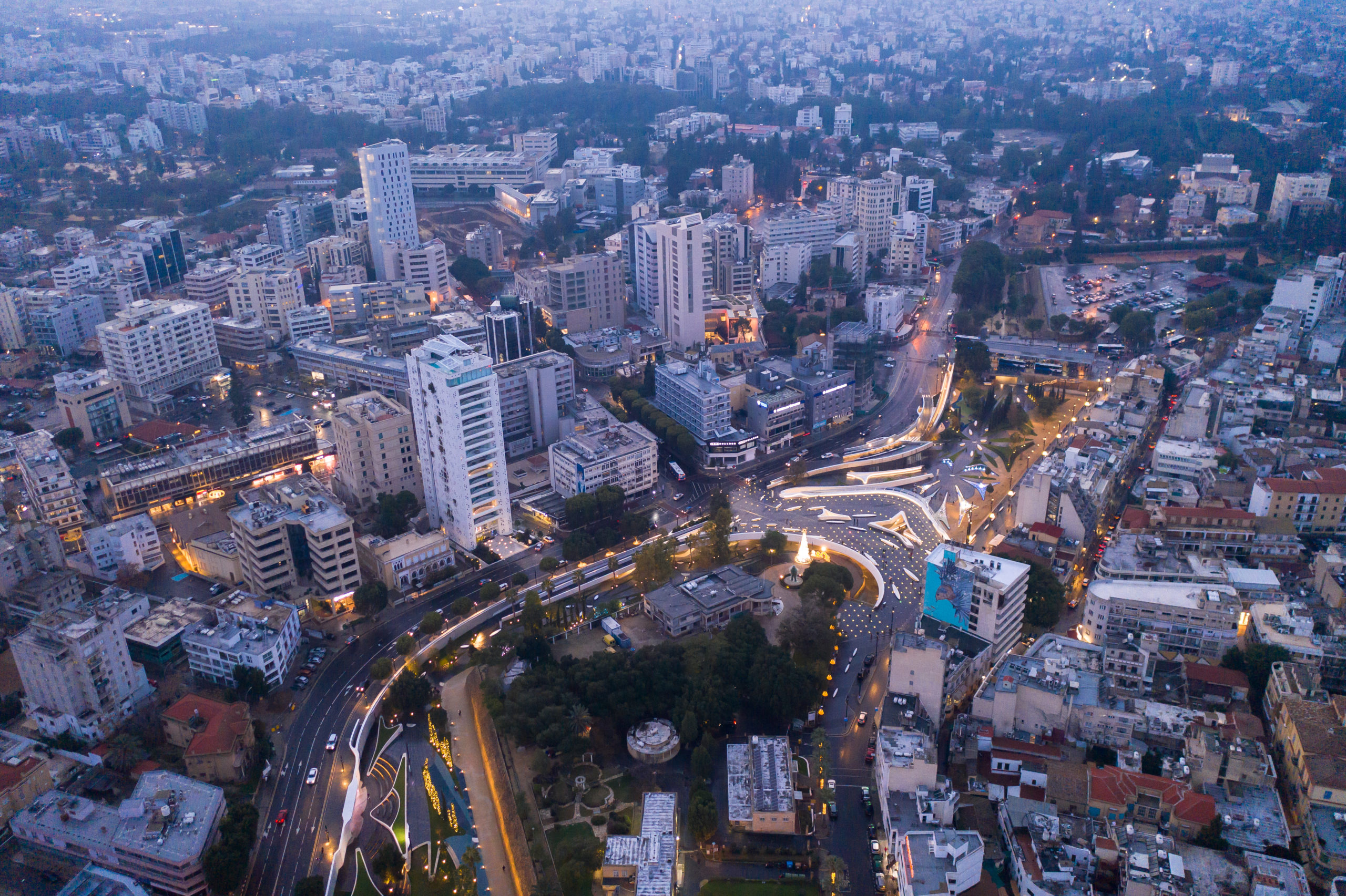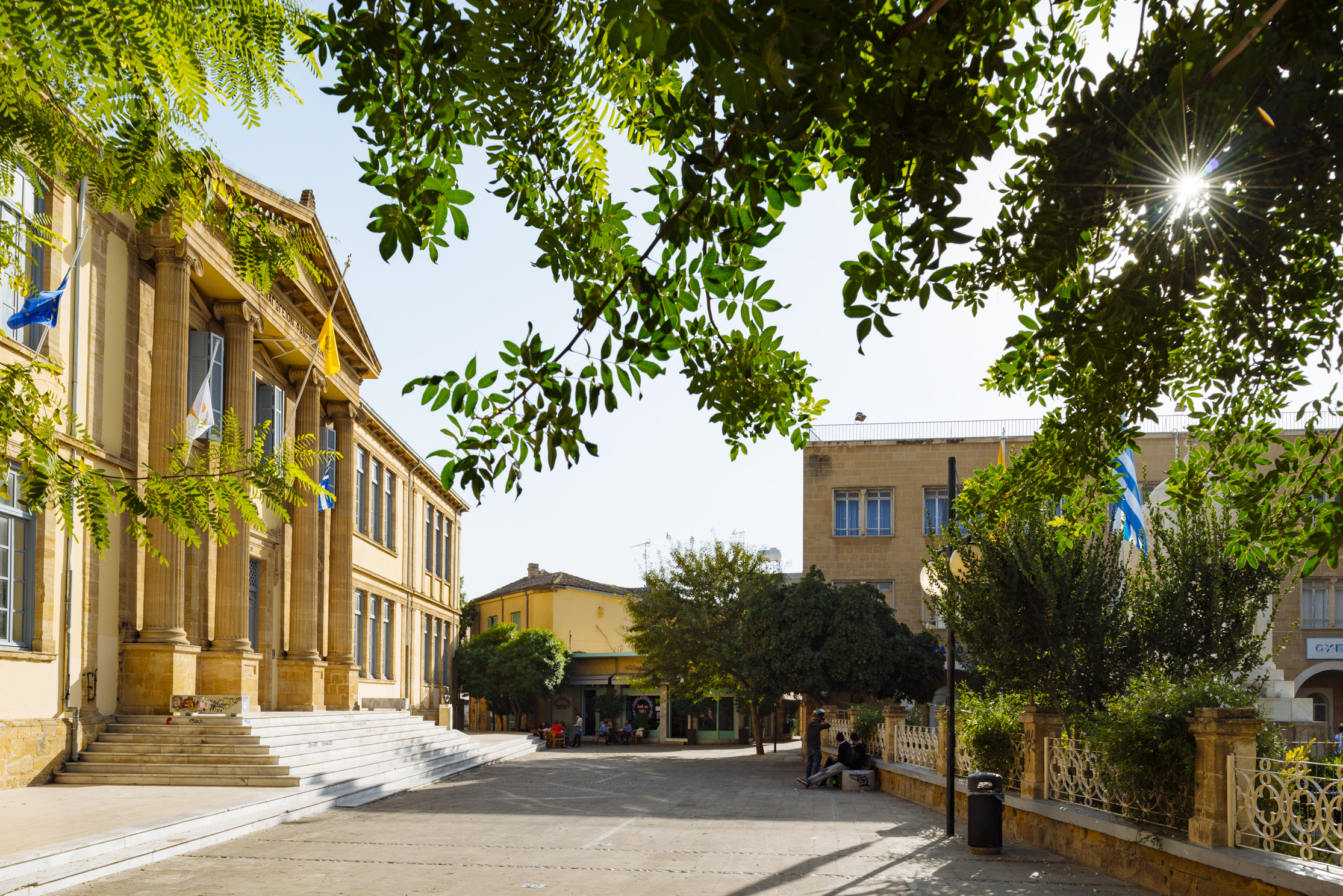Meet Nicosia
Cyprus’ diminutive size is greatly disproportionate to the wealth of treasures that you will discover during your visit to its capital. Dating back to the Bronze Age, Nicosia is perhaps the only area of Cyprus that has been continuously inhabited since the Chalcolithic Era (3000 B.C until present day), with its first inhabitants settling in the fertile Mesaoria Valley. Nicosia’s illustrious history and geographical uniqueness have made it a crossroads for some of history’s most important civilizations. Imprints left by greats such as the Ptolemies, Romans and the Byzantines, the Franks, Venetians, Ottomans and finally the British may be encountered in one’s travails through the Old Town area of Nicosia.
With its distinction as the only divided capital in the world, Lefkosia (Nicosia) and its surrounding region combines the heartbeat of the island’s commercial and businesses centre with an interesting past, and rural areas where escape is possible in naturally beautiful, green environs. The capital itself is steeped in history and culture, with a charming old city surrounded by massive Venetian walls, and the island’s largest concentration of museums, art galleries and religious and historical monuments, that all tell wonderful stories of the island through the ages.
One of Nicosia’s most popular areas is Ledra Street. This cobbled area is a high street full of tradition with shops, local cafés and bars. Most of the buildings here still carry their 18th century charm. Parallel to the bustling Ledra Street, runs Onasagorou Street, offering a more authentic experience of the city. Don’t miss the “People of Cyprus” street art on Pythonos Street, off Onasogarou. The street leads to Phaneromeni Church Square; perch for coffee here. At Laiki Geitonia, you’ll get your souvenirs and free maps from the tourist office. You’ll find numerous old ladies selling their embroidery here. At Ermou Street, you’ll walk over Nicosia’s old river (it used to be a river during Venetian rule). You’ll find numerous craftsmen here, working in small work spaces. While here, visit the Centre of Visual Arts & Research, a platform to explore the cultural heritage of Cyprus through art, books and photographs. The view from its roof garden, especially during sunset is mesmerising- you can see the tiled roofs, mosques and monuments of old Nicosia. Chrysaliniotissa area, centred around the Panayia Chrysaliniotissa Church is also worth the visit. It’s a picturesque neighbourhood worth the stroll if only to admire the colourful flower pots outside houses and the 20th century Cypriot urban architecture. Spot the construction year of each building on their façade and smell the jasmine.
Leaving the busy capital behind, the region then expands to the countryside, where a different side unfolds amidst orchards and olives groves, forests and hillsides.
Nicosia is ‘The brightest capital of Europe’!
Nicosia is literally bright – It has the most days of sunshine of any capital in Europe
Nicosia is intelligent – A university city full of bright minds and innovation
Nicosia is lively – Teeming with business, culture, life and entertainment
Nicosia is colourful – Blue skies, green nature, vibrant food and multiculturalism
Nicosia has a bright future – Growing, developing and constantly rising in quality
